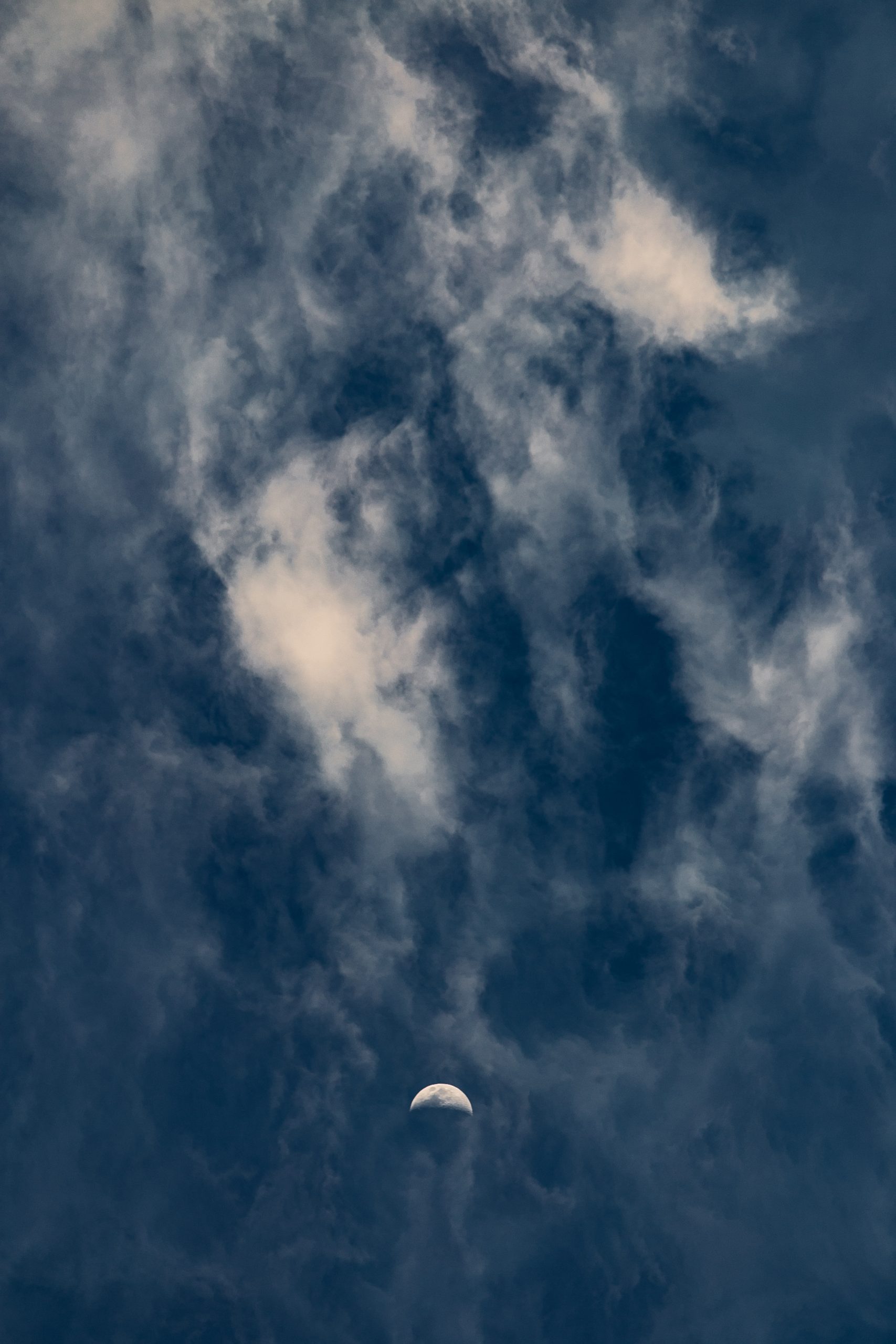Moon Phases in the UK Today: A Detailed Guide
The moon has captivated humans for centuries with its mystical beauty and influence on our planet. Its ever-changing appearance brings wonder and intrigue to the night sky. Understanding the current moon phase in the UK is not only fascinating but can also have practical applications, such as planning stargazing sessions or outdoor activities. In this extensive guide, we will delve into the various moon phases and explore what they mean in the context of the United Kingdom.
Why do Moon Phases Occur?
Before we dive into the specific moon phases, let’s take a moment to understand why these celestial events occur. The moon’s cycle, which we commonly refer to as the lunar month, lasts approximately 29.5 days. The phases of the moon are determined by its relative position to the sun and the Earth.
As the moon orbits the Earth, it reflects sunlight, making it appear bright. However, we cannot always see the entire illuminated portion from Earth due to the moon’s position in relation to the sun and the angle at which sunlight hits its surface. This interplay between the sun, Earth, and moon creates the iconic moon phases we observe.
The Eight Moon Phases
The lunar month features eight distinct phases, each with its own unique appearance and significance. Let’s explore each of these phases:
- New Moon: During the new moon phase, the moon is positioned between the Earth and the sun, with its dark side facing us. As a result, the moon is not visible to the naked eye during this phase. It marks the beginning of the lunar cycle.
- Waxing Crescent: Following the new moon, a small crescent of light becomes visible on the right side of the moon. This phase occurs when the moon is between 0% and 50% illuminated.
- First Quarter: Also known as the half moon, this phase occurs when the right half of the moon is illuminated. It represents the transition from the waxing to the gibbous phase.
- Waxing Gibbous: During this phase, the moon is between 50% and 100% illuminated. The illuminated portion continues to grow, moving towards a full moon.
- Full Moon: The full moon is arguably the most famous phase, known for its stunning round shape. It occurs when the Earth, moon, and sun are aligned, with the Earth positioned between the moon and the sun. This alignment allows the entire illuminated side of the moon to be visible.
- Waning Gibbous: Marking the decline from the full moon, the waning gibbous phase occurs when the illuminated portion of the moon begins to decrease, moving towards the third quarter.
- Third Quarter: Similar to the first quarter, the third quarter moon appears as a half moon, but the left side is illuminated instead. It signals the transition from the waning to the crescent phase.
- Waning Crescent: In the final phase of the lunar month, only a small crescent of light remains visible on the left side. The illuminated portion continues to decrease until it reaches the new moon phase, and the cycle begins anew.
Observing Moon Phases in the UK Today
Now that we have familiarized ourselves with the moon’s phases, let’s explore how you can observe and track the current moon phase in the UK.
If you have access to the internet or certain smartphone applications, finding the moon phase at any given moment is just a few clicks away. There are numerous websites and apps dedicated to providing up-to-date information on the moon’s appearance. Some popular resources include timeanddate.com, moonconnection.com, and The Weather Channel’s website.
These platforms typically display the current moon phase and provide a countdown to the next phase change. They may also offer additional information such as the moon’s rise and set times, as well as its illumination percentage.
If you prefer a more immersive experience, consider visiting a local observatory or planetarium. These facilities often organize stargazing events and educational sessions, allowing you to observe the moon and other celestial bodies through powerful telescopes. Experienced astronomers are usually present to offer guidance and answer any questions you may have.
Practical Applications of Moon Phases
While moon phases have long served as a source of inspiration and wonder, they also have practical applications in various fields. Here are a few areas where moon phases play a role:
1. Agriculture
Many farmers and gardeners believe that aligning agricultural activities with moon phases can lead to improved crop growth and yield. For example, planting during the waxing phase and pruning during the waning phase are thought to have beneficial effects.
2. Fishing
Fishing enthusiasts often consult moon phase calendars to plan their fishing trips. Some believe that certain moon phases, such as the new moon or full moon, can affect fish behavior, making them more active and likely to bite.
3. Astronomy and Photography
Amateur and professional astronomers frequently take advantage of moon phases to plan their observation sessions. The different phases offer unique lighting conditions and shadow formations, adding depth and contrast to photographs of the moon’s surface.
In Conclusion
The moon phases in the UK today reveal the ever-changing face of our celestial neighbor. Whether you simply appreciate their beauty or seek to leverage their practical applications, keeping track of these phases can enhance your connection with the cosmos. Take the time to observe, learn, and marvel at the moon’s remarkable journey through its various phases. It’s a captivating experience that reminds us of the vast, interconnected nature of our universe.
Table of Contents
